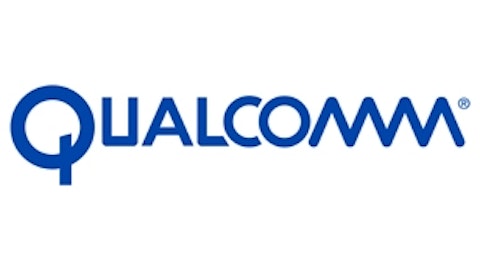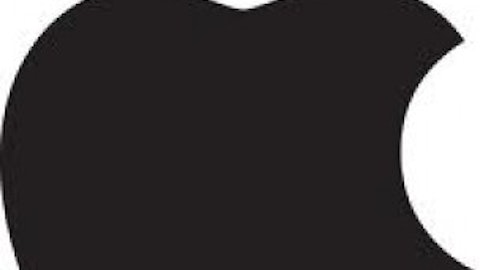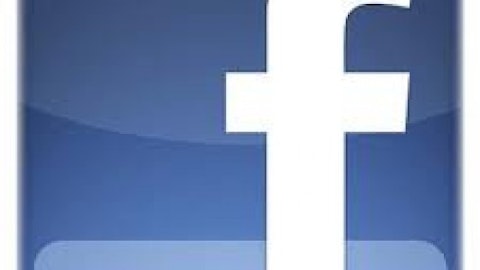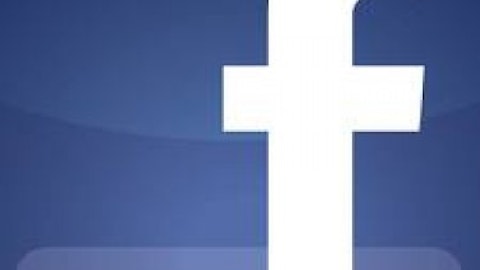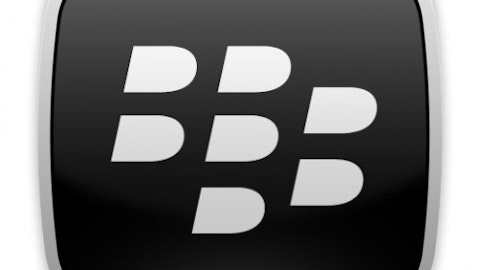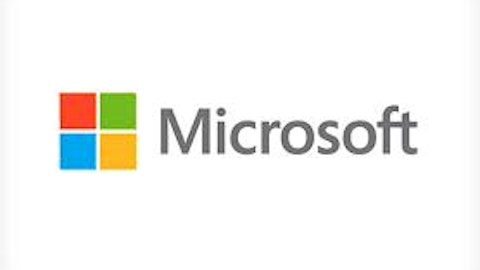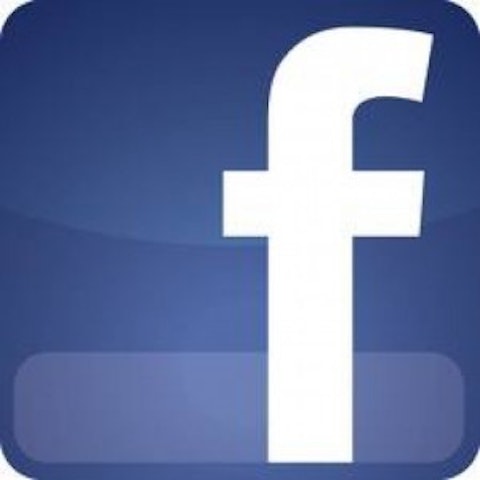
How Facebook creates a “buzz”
It’s a necessary chemical for humans helping mothers bond to their children, but Zak has also found it could lubricate the wheels of commerce and charity. In an ultimatum experiment subjects who watched a heart-wrenching video about a small child released more oxytocin and then gave more real money to unknown subjects in a test of charitable impulses. Thus Zak discovered oxytocin creates more economic empathy.
Now, what happens when someone is on Facebook Inc (NASDAQ:FB) and oxytocin levels rise as the social component does with its like, share, and friend signals? Another Zak experiment showed just ten minutes of social engagement, tweeting back and forth, raised oxytocin levels 13%. They are more susceptible to charitable impulses but also “feeling good” more likely to spend money. This social “buzz” helped Facebook grow to over one billion users.
Fast Company writer Adam L. Penenberg participated in Dr. Zak’s experiments and wrote of the possible consequences: “This will be the first study showing that oxytocin increases generosity to charitable organizations, and not simply to a particular individual. And if we can be induced to give more to a charity, well, it’s not that big a step to being induced to give more to a corporation, or a political party, or even a country.”
Investors feeling mighty fine
Reporting after the bell on July 24, the company stunned the market with much better than expected numbers for revenue of $1.81 billion and EPS of $0.19, but the real shock was mobile ad revenues improving from 23% to 41% of ad revenue. Investors had to be feeling very warm and fuzzy as the stock soared more than 20% in the after hours, close to its 52-week high of $32.51.
Facebook Inc (NASDAQ:FB) had been trying to monetize mobile for years and it seems the market can rest assured it finally is with over 800 million active monthly mobile users. Facebook had seen a decline in mobile advertising from $1.58 billion in Q4 of 2012 to $1.45 billion in Q1 2013, and the stock had been mired in the mid $20s. Mired no more with an increase of 58% in adjusted EPS and a 53% increase in revenue. Its forward P/E is 33.14, but that will probably be adjusted downward as will the current PEG at 1.57. Analyst upgrades will surely follow.
It seems CEO Mark Zuckerberg’s prediction in 2008 is coming to fruition: “I would expect that next year, people will share twice as much information as they share this year, and next year, they will be sharing twice as much as they did the year before.That means that people are using Facebook Inc (NASDAQ:FB), and the applications and the ecosystem, more and more.”
On the call, Zuckerberg said, “People on average are spending more time on Facebook than ever. Facebook share of time spent in the U.S. is steady or increasing and we believe elsewhere as well.” He also stated that a decline in use by teenagers, a favored demographic of advertisers, ” just isn’t true.”
There is no consensus on the value of a Facebook Inc (NASDAQ:FB) like, with charitable organizations reporting its value as $214.81 according to npengage (there’s that oxytocin kicking in!). The best research has come from Forrester and comscore, which hesitate to quantify actual dollar figures, but using the example of Best Buy, a Facebook fan will spend $218 more per year and be twice as likely to recommend the store than someone not a fan. With the latest earnings report one should probably add at least 10% to those numbers.
